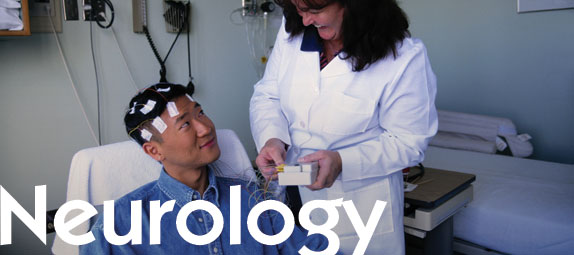During a spinal fusion, two or more vertebra are fused together in orrder to eliminate abnormal motion caused by degenerative conditions.
A spinal fusion may require stabilization of the lumbar spine using artificial devices (known as “instrumentation”) including wires, rods, plates and vertebral cages.
x
x
x
xx
x
x
x
This instrumentation is usually fixed to the vertebral body with a pedicle screw, as can be seen in the adjacent lateral radiograph.
x
x
x
x
x
x
The pedicle screw is inserted through the bony lumbar pedicle, into the anterior vertebral body.
x
x
x
x
x
xx
xx
These screws are inserted blindly from the back, similar to nailing the back panel on a book case, and just like with the book case, it’s easy to get off track:

Remember the last time you put a book case together – you nailed the back panel onto the frame (or where you thought the wood frame was), then flipped the whole thing over and found that many nails had missed.
cc
Obviously, a misplaced screw can end up inside the spinal canal, where it could injure the adjacent nerve roots, a potential cause of post operative deficit:

Various degrees of misplaced pedicle screws, and then (right) a pathologic specimen showing a pedicle wall that has been perforated by a pedicle screw
cc
As many as 70% of patients undergoing spinal fusion with instrumentation may have a misplaced screw, although most are just misplaced by a millimeter or two, and only 5-10% of those misplaced screws are cause for concern.
However, the incidence of an actual new neurologic deficits from a misplaced screw is much lower, estimated at less than 2 per 1000 screws in a recent study.
Nevertheless, this is still cause for concern, because it may be difficult to detect a misplaced screw during surgery. Pedicle screw placement may be checked by: Direct inspection and palpation, Fluoroscopy, Electrical testing, Computerized navigation or the Pediguard system.
cc
If the surgery involves a laminectomy, then the spinal canal will be open, and the surgeon will either see the misplaced screw, or feel it when they swipe a finger along the medial pedicle wall.
x
x
x
x
However, in most cases, there is no laminectomy required, and doing so would prolong surgery time unnecessarily, so misplaced screws can go unrecognized.
cc
cc
x
x
x
x
x
x
x
Intraoperative fluoroscopy (live X-rays taken during the operation) can detect most pedicle wall perforations and misplaced screws, but is only about 75% accurate because of limited available two dimensional viewing planes. Furthermore, excessive use can expose the patient to excessive radiation.
x
x
x
x
Real time electrophysiologic testing has been used in the operating room to confirm correct placement of pedicle holes and screws during surgery.
The premise here is that a pedicle screw or hole that is correctly placed within the wall of the bony pedicle (b, above), will be separated from the adjacent nerve root by a layer of cortical bone which has a high impedance (resistance) to the passage of electrical current.
However, a pedicle hole or screw that has perforated the medial bony wall of the pedicle (a, above), will lie directly adjacent to the nerve root without that intervening layer of cortical bone.
Hence electrical stimulation of that perforated hole or screw (a) is more likely to activate the adjacent nerve root and evoke a recordable muscle twitch in the innervated muscle (a) at a lower stimulus intensity (threshold) than in case of the correctly placed hole or screw (b).
This electrical threshold testing has become very popular, but requires the presence of specialized equipment and personal in the operating room.
x
x
New “O-arm” technology allows computed tomographic images to be fused with a computerized navigation system, allowing 3 dimensional visualization of pedicle screw tracks as they are inserted in the operating room:
However, this technology is expensive, and may not be widely available.
x
x
And finally, the Pediguard, a simple, cheaper and widely available technique that uses a disposable hand held drill that emits a signal based on the thickness of surrounding bone, and can be used by any surgeon in any operating room to ensure correct placement of pedicle screws in real time without the need for extra specialized equipment or personnel.






























 Other causes of Alice in Wonderland Syndrome are:
Other causes of Alice in Wonderland Syndrome are:




















